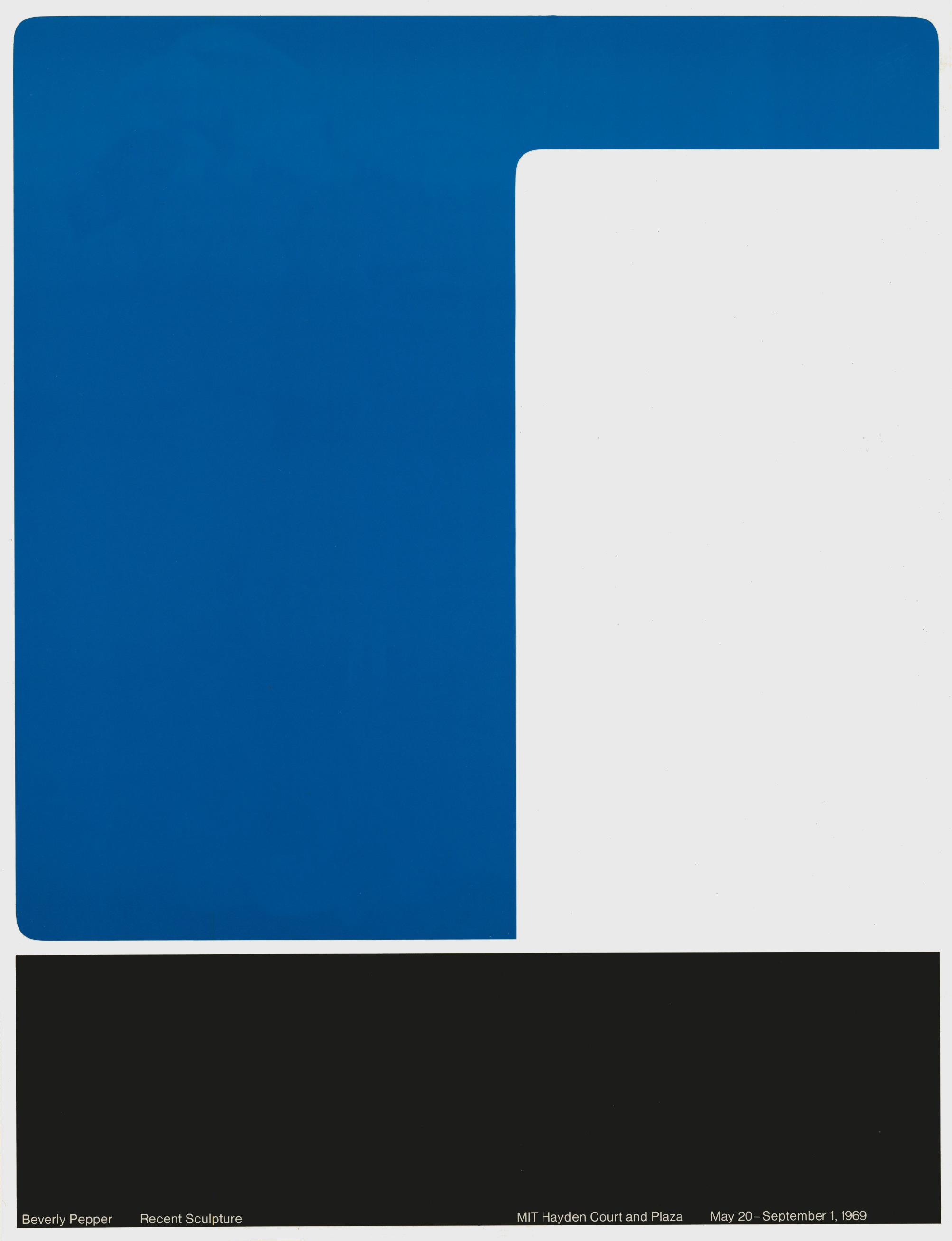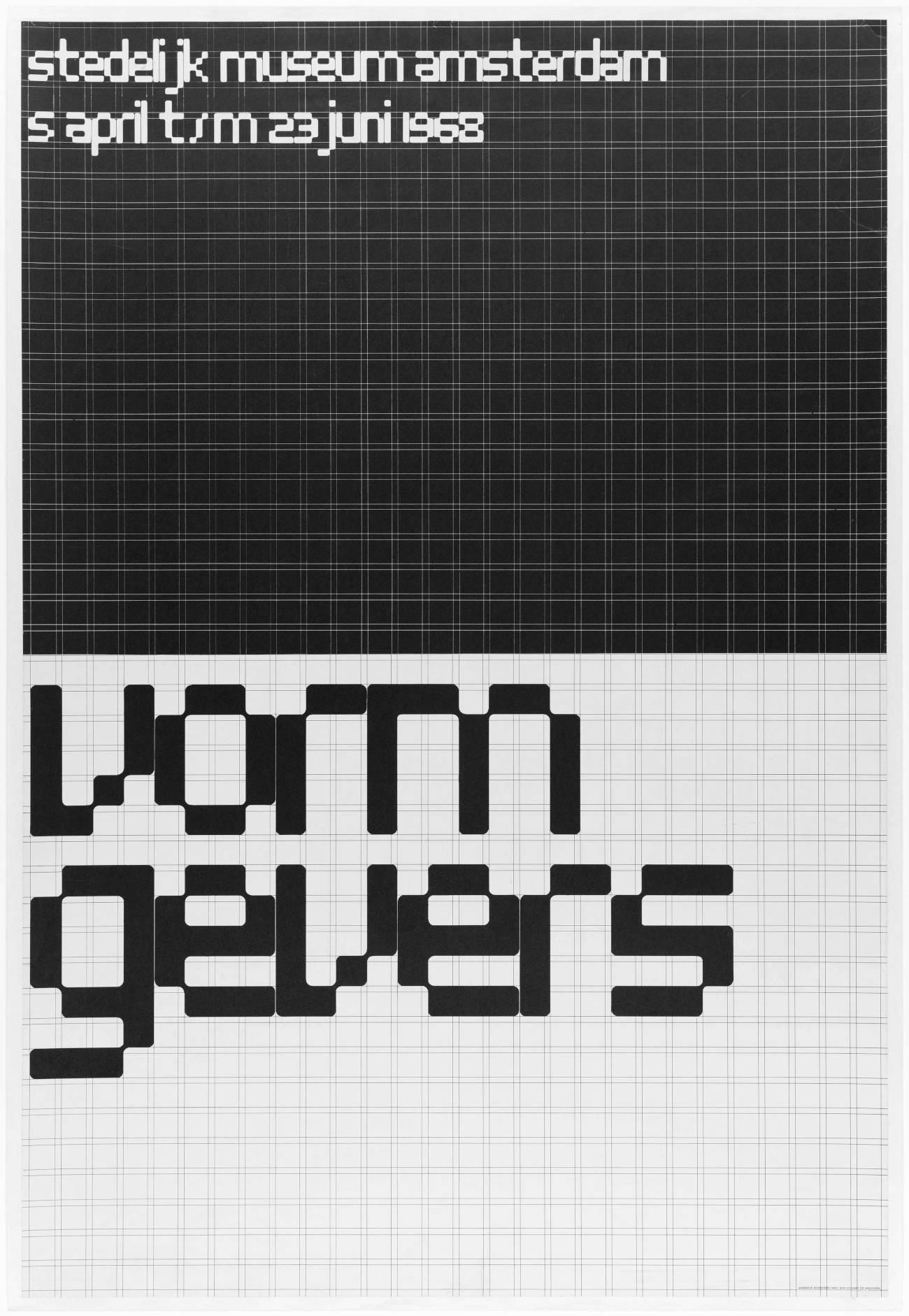Site includes articles, bibliography and collection of designer's work.
Go to the microsite
Wolfgang Weingart, born in Konstanz, Germany, was a self-taught designer. In 1968 he began teaching typography at the Kunstgewerbeschule in Basle, where he eventually took over from Emil Ruder. Weingart proceeded to reevaluate the precepts of Swiss typography. Weingart consolidated his approach in his introduction of an advanced program that took up the positive aspects of the Basle approach and used them as a basis upon which to introduce an additional element of student-based exploration. This was to be based on the examination of fundamental concepts in typography, such as the predominance of the right angle and the grid, and an intuitive response to the organisation of space. As Weingart's design innovations from the early 1970s (including step-rules, size and weight contrasts, letterspaced type, and line rules moving through the space to link elements together) were widely emulated during the late 1970s. Weingart moved on to create collage-like compositions by layering film positives of images and type. This innovative technique enabled Weingart to juxtapose and overlay complex visual information. During this period, Weingart delighted in contrasts. Type, images, moire and halftone patterns, torn collage elements, and linear patterns are densely layered and stacked into rich, tonal graphic expressions.


















